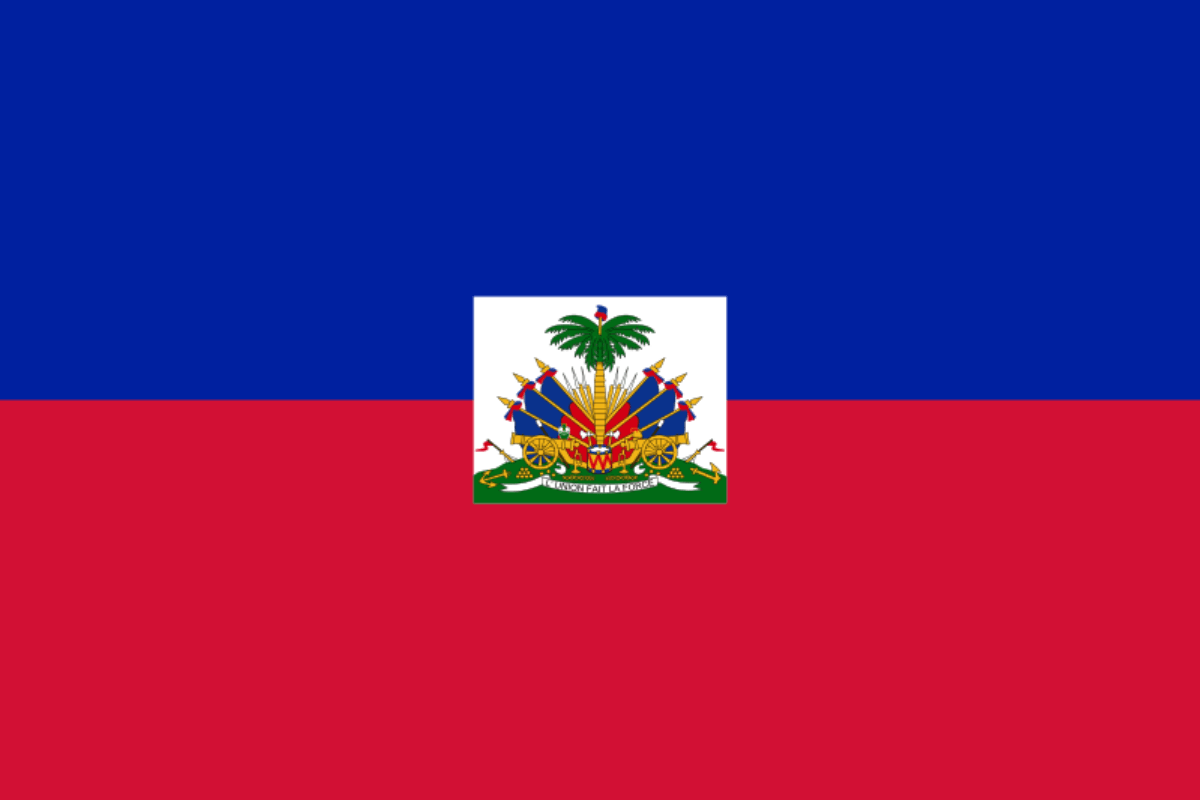The national animal of Haiti is the Hispaniolan trogon. This is a species of bird endemic to Hispaniola both in Haiti and the Dominican Republic. It is part of the family Trogonidae and they are brightly colored with short, graduated tails. They are an important national symbol in Haiti.
Birds are naturally very important animals to many island nations and particularly in tropical islands like the Caribbean.
They feature striking plumage which, while not the brightest of birds in the region, is nonetheless memorable and impressive in its own way.
Let’s find out more.

What is the national animal of Haiti?
The national animal of Haiti is the Hispaniolan trogon.
These are birds which are part of the trogon family, which includes both trogons and quetzals.
This family includes 46 species across seven different genera, so the Hispaniolan trogon is certainly one of a great many of birds in the same family.
They are brightly colored with long, graduated tails.
This means that the rectrices of the tail shorten successively from the inside to the outside.
They have small feet and a short, thick, yellow bill.
They feature a metallic green upper body, with a gray throat and breast, as well as a red belly.
They have a dark tail on the underside but their flight feathers are each tipped with white.
There isn’t a great degree of sexual dimorphism, with the main distinction between males and females being the wing coverts of the females and the lack of the narrow bars on their secondaries.
They have a slow song, with a low rattle, which can be heard from a very great distance and is easily recognizable once you know what you are looking for.
You will mostly hear the song in their tropical or subtropical habitats, such as moist montane forests as well as heavily degraded forest.
They are now mostly confined to some protected areas, though their population numbers do hold strong.
They use large, decayed trees for nesting.
They mostly occur at higher elevations, anywhere from 500 to 3000 meters.
That said, there are some altitudinal variations as they will migrate to lower elevations during the colder months of the year.
They are considerably more common in the Dominican Republic than they are in Haiti, but as we’ll see this may be all the more reason to make the bird the national animal.
Why, then, is it Haiti’s national animal?
Why is the Hispaniolan trogon the national bird of Haiti?
The trogon is the national animal of Haiti for a few reasons.
On the one hand, they are seen as important national symbols in a variety of ways.
They are symbols of freedom and liberation, as birds so often are, being seen as the most free of all animals to go wherever they please.
With their bright colors, too, they also embody the spirit of the tropics in which Haiti is embedded.
On the other hand, they are more simple and literal symbols of the natural beauty of Haiti.
Again, they are strikingly beautiful birds with their bright, bold feathers in colors you just don’t often expect to see on an animal.
In this more intimate sense, then, they embody the natural landscape of Haiti.
Further still, though, as we touched on, there is the question of their conservation.
Though they are not, presently, an endangered species, they did once have a much greater range in Haiti.
They are now only found in a couple of protected areas, and they are threatened by habitat loss.
By making them the national animal, Haiti hopes to bring attention to the problems they are facing and help to support conservation efforts.
What does the Hispaniolan trogon eat?
They are mostly carnivorous and primarily survive on a diet of insects.
This could include any number of things like beetles, ants, and various insect larvae.
They are also known to catch small vertebrates, though, such as the anole.
Anoles are a family of lizards that are native to the Americas, and when they can get them, they make a good meal for the trogon.
They often balance this with a diet of fruits, though.
They take most of their food in aerial sallies, foraging in the midstory of deciduous forests.
They are often found in small flocks or groups.
Is the Hispaniolan trogon endangered?
The IUCN Red List currently lists the Hispaniolan trogon as of least concern.
They are not, at present, under any immediate danger of going entirely extinct.
However, as mentioned, they are also not free from any concern.
Their habitat has been receding for many decades due to deforestation and in Haiti in particular they have become a much rarer sight.
They are, as mentioned, a lot more common in the Dominican Republic.
So, while they are not presently endangered, that could certainly change in the near future if action isn’t taken.
Globally, the species’ numbers holds strong, but intervention may be necessary to ensure they thrive.
These birds, then, are in a fairly strong position at the moment.
They are not presently threatened with endangerment and thus will continue to be a very important national symbol in Haiti for a long time to come—provided that questions surrounding habitat loss are properly addressed.
They embody many aspects of symbolic life in this part of the world, and they are a striking sight though they may not have the bright colors of a parrot.
